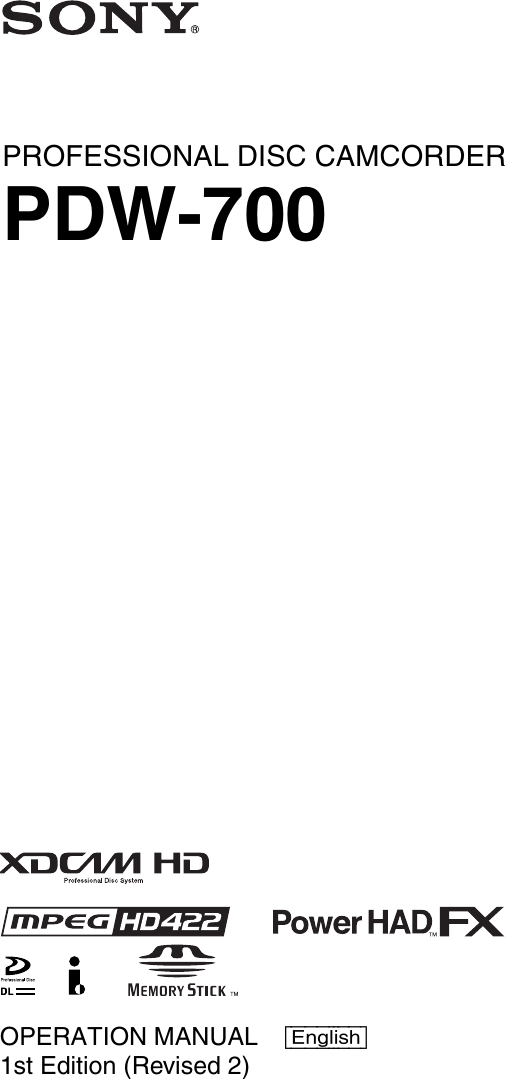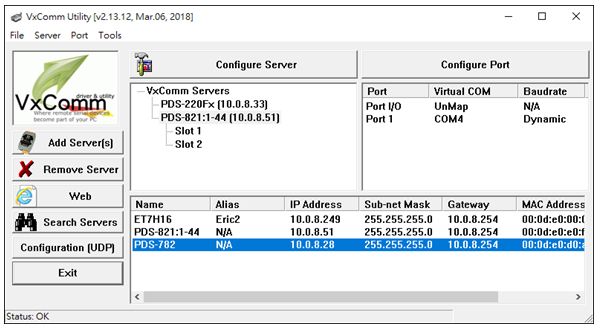I originally started developing with the LPC2368 beta unit on a Windows XP machine. All was working fine with the Windows serial port driver. When the new (current) driver was released, I started using that and it wored fine. I then added a Vista machine to my office. I then loaded the new drivers onto the Vista machine and all worked fine.
Virtual Serial Port Driver Registration Code - ninefasr. Descarga de ArchivosVirtual Serial Port Driver 6.9: What.
Recently, I received my LPC1768 mbed. I tried it on my Vista machine, and had to re-install the Windows serial port driver but all is working well on it. Now, either board works fine on this machine.
I then tried to run the LPC1768 on my XP machine, and again found I had to re-load the Windows Serial Port Driver. When I did, Windows reported that there was a problem and could not start the serial port driver. I tried re-installing it several times, both from the website as well as from a local drive copy. Finally, I went back to my LPC2368 mbed. Re-installed drivers, and everything works fine. Going back to the LPC1768, it fails. It always says the driver could not start. I have uninstalled, re-installed, etc., but to no avail.

Again, everything works fine on my Vista machine, just not on my XP machine, and only with the LPC1768 board...the LPC2368 works fine.
Any clues as to what might be the issue?
Thanks.

Jim
Configure Virtual Serial Port Driver Registration Code Download
The Communication Device Class (CDC) is used for implementing virtual communication ports. This example demonstrates a bridge between a Virtual COM Port on the USB Host Computer and an UART port on the evaluation board.

The following picture shows an exemplary connection of the development board and the USB Host Computer.
The Abstract.txt file contained in the Documentation group of the Project window gives you more information on the general setup and the available I/O on the development board.

Open the example project in MDK. The µVision Project window should display a similar project structure:
Source Files
- VirtualCOM.c contains the main C function that initializes the board hardware and the USB Device Component. Furthermore, it contains the code that exchanges the data internally between the USB and the UART port.
- The USBD_User_CDC_0.c is an adapted code template that implements all necessary file access functions. Refer to CDC: Communication Device Class (ACM) for details about these template functions.
If you are using RTOS other than CMSIS-RTOS2 RTX5 for your project please make sure to satisfy USB Device Resource Requirements.
You may now build and download the example project to the evaluation board using the µVision commands:
- Project –> Build target (F7)
- Flash –> Download (F8)
After these steps, the project should start executing on your evaluation kit. In case of errors, refer to the Evaluation Board User's Guide for configuration information.
Hardware Setup
Configure Virtual Serial Port Driver Registration Code
The setup of the Evaluation Board hardware is described in the Abstract.txt file.
Configure Virtual Serial Port Driver Registration Code For Windows 10
- Verify all jumper settings on the target hardware.
- Connect the UART on the development board to your PC (you might need an USB to serial RS232 adapter). Use an USB cable to connect your development board to the Host PC and power up your board.
- The Welcome to the Found New Hardware Wizard appears. Installation of the driver is described in detail in the Abstract.txt file.
PC Software

The USB Device Virtual COM example can be tested on a Windows PC using a terminal emulation program. Since Hyperterminal in not part of Windows any more, please download an appropriate program for this purpose (such as PuTTY for example). Open the two COM ports 'COMx' and 'COMy'. Any data from 'COMx' will be echoed on 'COMy' and visa versa:
About Host PC driver for Microsoft Windows
The example folder contains two files relevant for driver installation on the Microsoft Windows:
- Driver setup information file (xxx-vcom.inf) which is used to create a digitally signed driver catalog file (xxx-vcom.cat)
- Digitally signed driver catalog file (xxx-vcom.cat)
The driver files are provided as an example, the driver setup information file should be adapted and digitally signed driver catalog file should be created from adapted driver setup information file.
Driver setup information file should be adapted in the following way:
- c251 in Vendor ID VID_c251 entries should be changed to the vendor ID number assigned to your company by the USB organization (c251 Vendor ID is reserved for Keil Software and should not be used)
- xxxx in Product ID PID_xxxx entries should be changed to the product ID as assigned by your company
- in [DeviceList.xxx] sections, entries not relevant for the device, should be removed or added as described below:
- if device is pure CDC class device (not composite) then all entries ending with &MI_xx should be removed
- if device is a composite device with one or more CDC class instances then entries not ending with &MI_xx should be removed and entries ending with &MI_xx should exist for each CDC class instance (example driver contains entries ending with &MI_00 and &MI_02 which are used for composite device containing two CDC class instances and each instance uses 2 interfaces where MI_00 describes first CDC instance and MI_02 entry describes second CDC instance)
- [Strings] section should be changed as desired
Configure Virtual Serial Port Driver Registration Code For Hp
- Note
- Vendor ID and Product ID are configured in the USBD_Config_n.c configuration file of the embedded application.
- For producing digitally signed driver catalog file please refer to Microsoft Windows documentation.